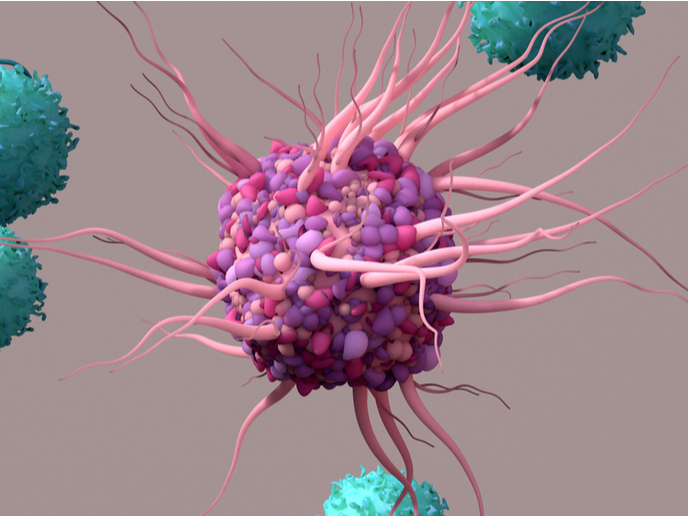Sea anemone reveals secrets of nerve development
Members of the Cnidaria including corals, jellyfish and sea anenomes have non-centralised nervous systems. The EU-funded 'Analysis of the neural transcriptome of the sea anemone Nematostella vectensis' (ANTSAN) project on neural development is hinged on this simplicity of organisation. ANTSAN aimed to identify the gene expression profile of Nematostella neurons, and then select genes from this dataset for further functional analysis. However, technical difficulties surrounding RNA collection from isolated neurons steered the research towards two important molecules, a promoter and an inhibitor of neurogenesis: NvSoxB(2) and Notch signalling, respectively. The project team used gene knockdown with morpholino, transgenics and drug treatments to examine the interplay between these two regulators. NvSoxB(2) was found to play a key role in early neurodevelopment. It is expressed in nerve progenitor cells that go on to form the nerve cells in the ectoderm and endoderm. The interplay between NvSoxB(2) and other regulators was also investigated, but overall the focus lay on its interaction with the Notch pathway, due to its importance in regulating proneural factors. Successful results on cellular and molecular events in the neurogenesis of N. vectensis are the subject of papers to be submitted to the high-profile journals Current Biology and Development. The work of ANTSAN is set to continue after project end with comparative microarray analysis of sea anemone larvae with knocked down and fully developed nervous systems. ANTSAN data has focussed on the genetic control of neurogenesis to shed light on the evolution of simple nervous systems. This has important implications in the biomedical field for nerve regeneration and therapy as sea anemones can regrow nerve cells at any life stage. Successful outcomes could result in the development of therapeutic options for nerve regrowth after human neuronal disease and injury.







